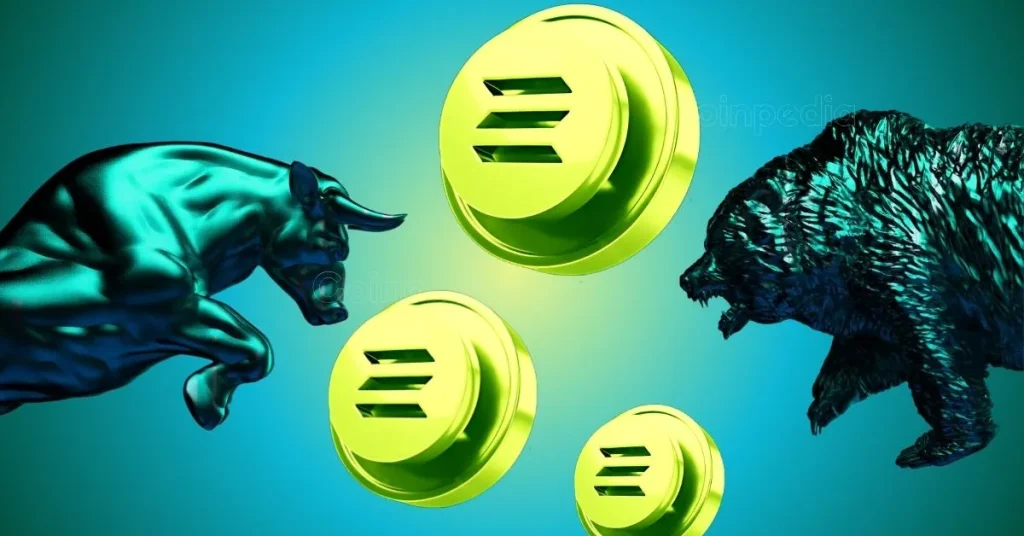According to new on-chain data from analytics firm CryptoQuant, retail investors, the small wallet holders who once fueled crypto’s cycles, are being replaced by institutional flows from exchange-traded funds (ETFs) and corporate treasuries.
CryptoQuant founder and chief executive Ki Young Ju said on X that Bitcoin wallets’ average cost basis now stands at $55,900, meaning holders are up about 93% on average. Realized capitalization rose by $8 billion in the past week, and this indicates that new money continues to enter the network.
However, Bitcoin’s price has remained relatively stable near $110,000, according to Young Ju, who stated on X that “Price hasn’t gone up because of selling pressure, not because demand was weak.”
“New inflows mostly come from ETFs and Bitcoin treasury companies,” Young Ju wrote.
 Bitcoin realized price and cap. Source: CryptoQuant
Bitcoin realized price and cap. Source: CryptoQuantRetail steps back as institutions step in
Tracking inflows from small Bitcoin holders, known in on-chain parlance as “shrimps,” or addresses with less than 0.1 BTC, Darkfrost, another CryptoQuant researcher, found that retail deposits to Binance, the world’s largest crypto exchange, have plunged by more than fivefold since early 2023.
In early 2023, at the end of the last bear market, small investors were sending roughly 552 BTC per day to Binance. Today, that figure stands at just 92 BTC. The launch of spot Bitcoin ETFs in January 2024 only worsened the situation, as it gave both retail and institutional investors an easier, regulated way to gain exposure without interacting directly with crypto exchanges.
Darkfrost stated that three major dynamics may explain the decline. The first is that many smallholders have shifted toward ETF exposure. Another dynamic is that these small holders may have chosen to hold their coins off-exchange rather than trade actively or, finally, accumulated enough Bitcoin to move out of the “shrimp” category altogether.
 Retail investor (Shrimps) BTC inflow. Source: CryptoQuant
Retail investor (Shrimps) BTC inflow. Source: CryptoQuantRather than retail speculators cycling in and out with each price swing, “demand is now driven mostly by ETFs and MicroStrategy” (now known as Strategy). Young Ju stated that both ETFs and Strategy have slowed their buys recently. However, he said, “If these two channels recover, market momentum likely returns.”
 Bitcoin demand growth over 30 days. Source: Ki Young Ju on X
Bitcoin demand growth over 30 days. Source: Ki Young Ju on XETFs reshape demand and liquidity
“In a bull market, the market cap rises faster than actual inflows. Roughly $1T in on-chain inflows has created a $2T market cap. The gap seems moderate for now,” Young Ju wrote.
 Bitcoin growth rate difference measured by a comparison of market cap and realized cap. Source: CryptoQuant
Bitcoin growth rate difference measured by a comparison of market cap and realized cap. Source: CryptoQuantHe said, “Whales’ unrealized profits aren’t extreme, and this could mean either: ‘Hype hasn’t arrived yet – we’re still far from euphoric sentiment.’ or ‘This time is different – the market is too big for extreme profit ratios.’”
Meanwhile, Bitcoin’s infrastructure continues to expand. The network’s hashrate has reached record highs of approximately 5.96 million ASICs online, as public miners continue to scale up rather than downsize.
Young Ju described this as a “clear long-term bullish signal,” while also adding that the Bitcoin “money vessel keeps growing.”
At the same time, flows of Bitcoin from spot exchanges to futures platforms have slowed, implying that whales are opening fewer new leveraged long positions. However, perpetual futures leverage, measured by the BTC-USDT open-interest ratio, remains elevated compared with two years ago.
Young Ju added that “Short-term whales (mostly ETFs) from the past 6 months are near break-even. Long-term whales are up ~53%.”
A cycle unlike any other
CryptoQuant’s data and analysis paint a picture of a maturing market that’s increasingly shaped by institutional behavior. Retail traders, once the engine of volatility and narrative cycles, have ceded ground to ETFs and long-term holders.
Young Ju stated that this makes Bitcoin’s trajectory harder to forecast.
In earlier cycles, bull markets followed a familiar four-year rhythm of accumulation and distribution between retail and whales. Now, with ETFs, corporate treasuries, and macro-sensitive institutions in the mix, “it’s harder to predict where and how much new liquidity will enter,” he wrote.
Get $50 free to trade crypto when you sign up to Bybit now
















 English (US)
English (US)